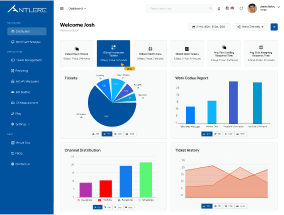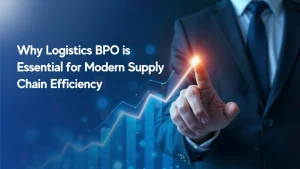Client vs Customer: A Strategic Distinction
The client vs customer distinction, often dismissed as semantics, is a profound point of departure between the business philosophy and allocation of resources as well as long-term financial strategy.
Customer Service is generally an attentive, cost-center business that is aimed at effectively managing transactions and solving short-term problems.
Client Service is an initiative, revenue-based relationship that involves attainment of the complex, personalized goals of the client. Achieving this distinction will enable a business to go beyond merely resolving issues and into a higher order of getting high-value, predictable revenue based on trusting relationships.
What is the fundamental goal of Client vs Customer Service?
The objective is fundamental which determines the strategy. Customer Service is transactional in nature, and its main role is to defuse direct points of friction to a product’s buy to make sure that customers are satisfied and will make a repeat purchase. It is usually a reactive and standardized procedure.
Client Service is aimed at establishing a long-term relationship. Its objective is not only satisfaction, but a shared success.
It is a proactive role, and in this case, the service team tends to foresee the needs in the future, consult, and become embedded into the operations of the client to provide tailored professional services.

How does the service approach impact resource allocation and talent?
The client vs customer approach defines how an organization allocates its most valuable resource to people. Customer Service is transactional, which contributes to the preference of scalability and efficiency of the model.
It is a volume-based operation with resources directed towards standardized tools, scripted responses, and quick ticket resolution. The skill is directed towards speed and regularity. Client Service on the other hand requires sophistication and customization.
Resources must be allocated to highly skilled account managers, subject matter experts, and dedicated time for consultative strategy sessions. This high-touch, low-volume approach focuses on quality interaction rather than quantity, as the high value of the long-term relationship justifies the premium investment.
Why is Client Service the ultimate driver of high lifetime value (LTV)?
This client vs customer difference directly impacts financial outcomes such as retention and LTV. Client Service creates a greater lifetime value (LTV) since the association between the client and service provider is designed as an ongoing relationship and not as a cycle of relationships.
Once a service team provides tailor-made professional services to the client on a regular basis and helps the client directly to achieve his or her success (e.g., by generating more revenue, or reducing more costs), the latter will be sticky and will almost certainly renew the contract.
In this model, service is an engine of retention, whereas Customer Service is merely a cost of doing business. The investment in personalization acts as a powerful hedge against churn.
Beyond Reactions: How does the ideal Client Service model operate?
The best Client Service model is active. It does not sit waiting to have the ticket raised, is proactive in controlling the success metrics of the client and occasionally pursues growth prospects or issue prevention.
This is through regular, planned, check-ins, performance reports, and consultative recommendations which can result in the client buying more professional services.
This continuous engagement contrasts sharply with the reactive, fix-it-and-forget-it nature of traditional Customer Service, cementing the business as an indispensable partner in the long-term relationship.

Conclusion
The choice between a Client vs Customer Service mentality is a strategic decision that defines a company’s structure and future. While efficient Customer Service is necessary for handling transactional volume, it is the committed, proactive nature of Client Service that unlocks high lifetime value (LTV) and guarantees the longevity of a long-term relationship.
By shifting the mindset from a reactive helpdesk to a proactive success partner, your service delivery transforms from a cost center into a powerful, sustainable revenue engine.

Author









